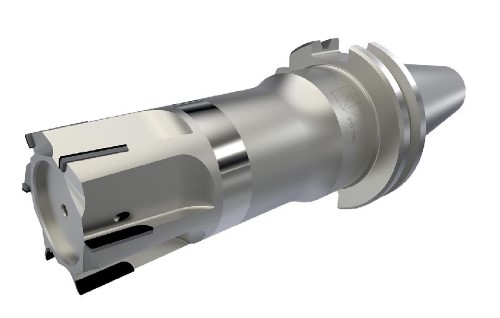
The range of tools available for PCD is amazing. They can be used to cut a variety of materials, including wood, abrasive plastic aluminum, metal, and matrix composites. Their flexibility makes them a great choice for a variety of applications. PCD tools are flexible and can be utilized to save money over the long run. Let's look at some benefits of PCD tooling. Here are four advantages of PCD tools.
Durability
The wear characteristics of PCD cutting tools are a bit different dependent on the method used to produce the tools. In general, PCD tools are made by an sintering procedure, which results in the distribution of diamond particles to be uneven as well as ferrous metal catalyst. This results in an inverse relationship between the strength of the tool and wear resistance. The toughest grades are most wear-resistant and toughest, while the finest grades have the highest strength and wear resistance. The PCD tools of medium grade are used to make aluminum components. They offer moderate levels of toughness and strength.
We studied the micromorphology of flank wear, crater wear, and crater wear to identify the wear pattern for PCD tools. Two-mm diamond grain with flank wear displayed a consistent spalling process. The adhesive layer was removed during the cutting process of the two. This indicates that the adhesive layer on the flank side of 002E is stronger than that on the 002A. Edge radius of 002E is due to the stronger adhesion that is located on the side of the 002E.
Precision
One of the most significant PCD tooling benefits is its ability to make more precise components than tools made of solid carbide. The higher accuracy of PCD tools allows for better tolerances when working with more complex components. Secondary processes can have a negative impact on the bottom line, as well as wasting both time and energy. PCD cutting tools allows you to complete more components in less time, and increase the quality of the final product. To know more about PCD tools, keep reading!
High-speed machining demands PCD tools which offer higher precision and accuracy than other tools. Many users find that PCD machines last for 60 times longer than their counterparts. They are also highly efficient and are able to cut a wide range of materials, including non-ferrous metals, composite materials, and ultra-high-temperature steels. Because they are able to be used in more ways, PCD tooling can aid in reducing costs and time by making fewer secondary tools.
Cost
Polycrystalline diamond tooling is a fundamental part of metalworking and plastics, and is available from a variety of sources. The tooling is also referred to by the term polycrystalline diamond, and is accessible from a number of companies, including Byler Industrial Tool. Although PCD tooling may cost more than traditional methods, the benefits of using PCD tooling far outweigh the cost. These tools can improve component quality as well as speed. This means that there is less scrap overall.
Comparatively to carbide tools PCD tooling has more precise tolerances and superior finishes. This means that less need to re-sand. Furthermore, while carbide tools start losing their finish as soon as they've been cut, diamond tools keep an even surface until they are dull. It is essential to take them off the machine when sharpening. The longer they run, the more you push them. will result in more expensive sharpening expenses.
Edge preparation
Prior to the introduction of pcd reamer combination PCD cutting tools, all machines had some kind of edge defect. These defects are caused by flashing grinding, pressing or EDM processing. These flaws can cause irregular performance and early tool failure, so the process to ensure optimum tool performance must be able to address these issues. This article examines the benefits of edge preparation in PCD tooling. There are many.
Alongside edges preparation, PCD tooling also helps reduce the amount of hand tools needed for the production of parts. For instance, sanding of tool edges. Because they do not have sharp edges PCD tools are great for tasks that require cutting edges. The manufacturing process is based on the condition of edges. Edge preparation can improve the amount of parts produced per hour. An edge that is well-cut will decrease scrap, resulting in an efficient machine.